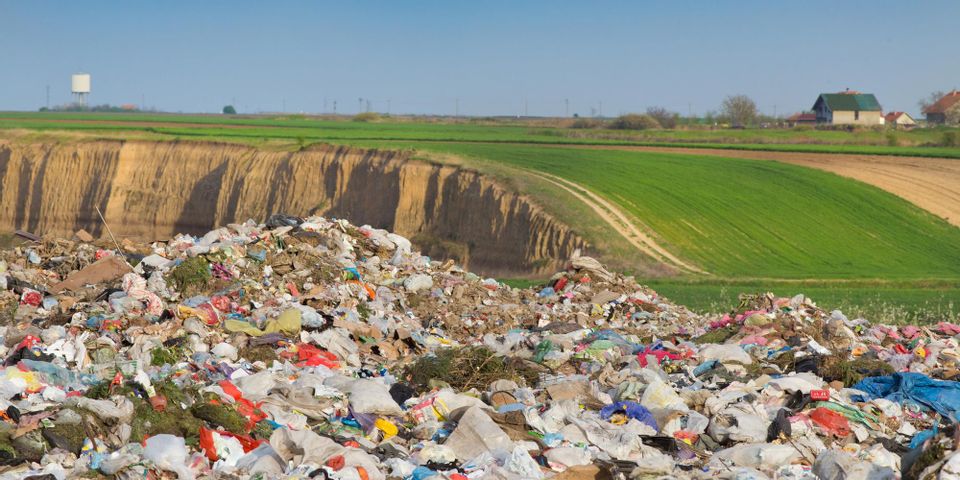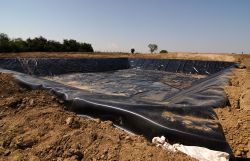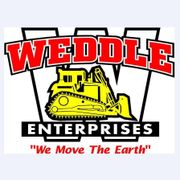
The garbage in residential bins, commercial dumpsters, and roll-off containers goes to landfills after being picked up by a waste management company. Landfills have specific engineering and designs that prevent waste materials from coming into contact with wildlife and the environment. Prior to scheduling underground excavation for landfills, here’s more information about their structure and purpose.
What’s a Landfill?
Landfills are structures that separate trash from the surrounding areas to prevent environmental contamination. In most cases, an underground excavation team will build them into the earth. Landfills must comply with stringent federal design regulations. For instance, they must have monitoring systems that can detect greenhouse gas emissions and groundwater pollution.
What are the Different Types?
Inert
Inert landfills accept waste materials that are non-hazardous and either decompose slowly or not at all. These may include waste from construction projects, such as concrete, asphalt, bricks, and leafy debris. Inert landfills must have a buffer zone of several hundred feet to prevent these materials from making contact with nearby natural areas. Additionally, they must have on-site monitoring for greenhouse gas emission levels.
Municipal Solid Waste
 Municipal solid waste facilities accept non-hazardous waste, such as food residue, paper products, and plastics, from residences and commercial properties. They must meet subtitle D regulations mandated by the Resource Conservation and Recovery Act (RCRA). These include having a flexible membrane that covers two feet of packed clay soil along the sides and bottom. This membrane protects the groundwater and the soil from contaminated liquids, also known as leachate. Additionally, landfills must have leachate collection and removal systems that treat and dispose of contaminated liquids. The operation includes covering waste with soil multiple times per day and packing it down to control odors, insects, and rodents.
Municipal solid waste facilities accept non-hazardous waste, such as food residue, paper products, and plastics, from residences and commercial properties. They must meet subtitle D regulations mandated by the Resource Conservation and Recovery Act (RCRA). These include having a flexible membrane that covers two feet of packed clay soil along the sides and bottom. This membrane protects the groundwater and the soil from contaminated liquids, also known as leachate. Additionally, landfills must have leachate collection and removal systems that treat and dispose of contaminated liquids. The operation includes covering waste with soil multiple times per day and packing it down to control odors, insects, and rodents.
Hazardous Waste
Landfills accept non-liquid hazardous wastes, such as byproducts from petroleum refining, pesticide manufacturing, and steel production. To reduce the chance of hazardous materials infiltrating the groundwater or atmosphere, the design must include a double bottom membrane, more frequent leachate collection and removal, and control for runoff and wind dispersal.
The next time you need landfill construction that meets RCRA requirements, get in touch with Weddle Enterprises Inc. These earthwork contractors provide underground excavation and land clearing in preparation for industrial, commercial, and residential projects throughout Somerset, KY. Call (606) 678-4057 to get an estimate on the underground excavation for landfills, and visit the website to learn more about grading and demolition services.
About the Business
Have a question? Ask the experts!
Send your question

